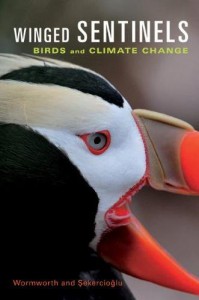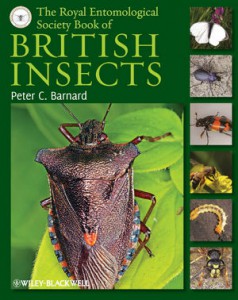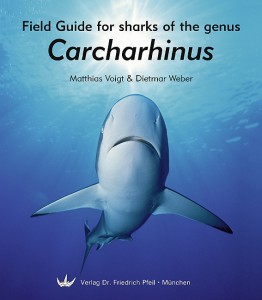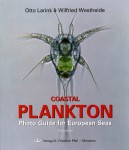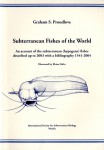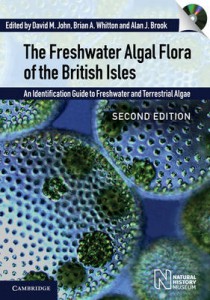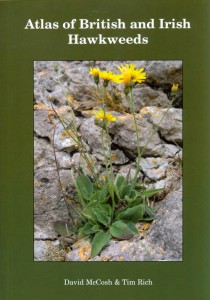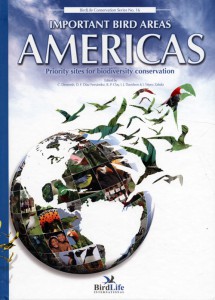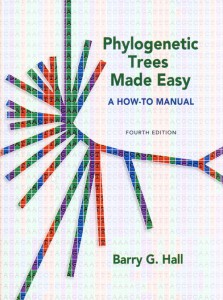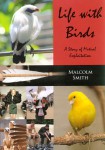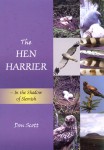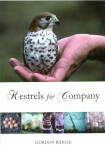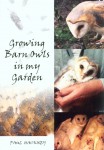Birdfair 2011: Friday 19th – Sunday 21st August
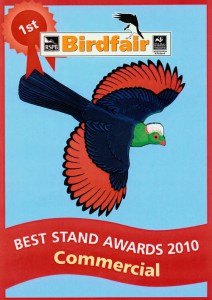
NHBS are off to Rutland Water again this month for Birdfair 2011.
We look forward to seeing you all there again – as usual you will encounter a great range of books covering ornithology from all angles: field guides, monographs, avian science, photography; plus a wide selection of books concerning British and World wildlife: entomology, wildlife travel, natural history writing and much more.
You’ll also be able to browse a huge range of wildlife conservation equipment and field kit – and we are hoping you can come and chat with NHBS Ambassador, Nick Baker at the stand about all things wild, and see how he got on with the Stealth Gear One Man Chair Hide – probably on the Saturday (time to be confirmed…*CONFIRMED, see times here*)!
Come and see us in Marquee: 2, at Stands 15, 33, 34 and meet the authors that will be visiting the NHBS stand to sign copies of their books.
Birdfair 2011: NHBS Author Signings Schedule
Saturday 20th August
11.30am Nils van Duivendijk: Advanced Bird ID Handbook
2pm Mike Unwin: The Atlas of Birds
3pm David Lindo: The Urban Birder
Sunday 21st August
11am Richard Crossley: The Crossley ID Guide


